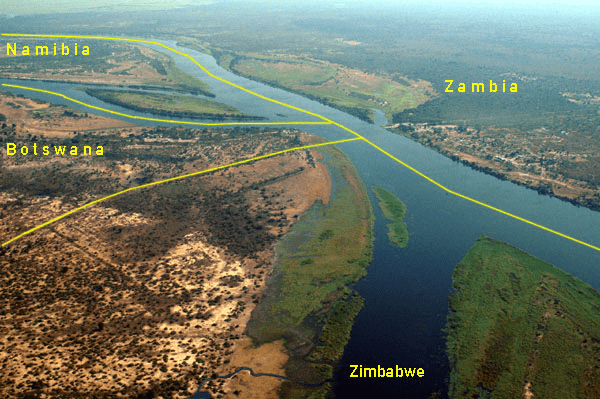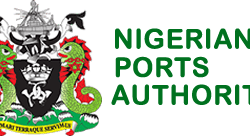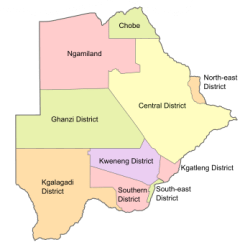Kazungula is the place where four countries meet Zambezi River
In the northern part of Botswana, four countries (Zambia, Botswana, Zimbabwe, and Namibia) meet at a single point mid-stream of the Zambezi River.
Kazungula
Kazungula is a small border town in Zambia, located on the north bank of the Zambezi River. The Zambezi River, with its source at the Kalene hills in north-western Zambia, is the fourth largest river basin in Africa. It flows across an area of nearly 1.6 million square kilometers) draining into the Indian Ocean in Mozambique. En-route the Indian Ocean, Zambezi flows through: Zambia, Angola, Namibia, Botswana, Zimbabwe, Mozambique, Tanzania and Malawi.





Botswana
Botswana is a land-locked country dominated in geographical terms by the Kalahari Desert – a sand-filled basin averaging 1,100 meters above sea level.
Botswana is bordered by Zambia and Zimbabwe to the northeast, Namibia to the north and west, and South Africa to the south and southeast.
The country lies between longitudes 20°C and 30°C degrees east of Greenwich Meridian and between the latitudes 18°C and 27°C approximately south of the Equator.
The country is situated in the Southern African region and about two-thirds of Botswana lies within the Tropics; it is bisected by the Tropic of Capricorn.
More on Botswana
Capital: Gaborone
Currency: Botswanan Pula
Official language: English
Population: 2.588 million (2021) World Bank
Dialing code: +267
Gross Domestic Product: 17.61 billion USD (2021) World Bank
Botswana’s ten districts are:
- Southern District
- South-East District
- Kweneng District
- Kgatleng District
- Central District
- North-East District
- Ngamiland District
- Kgalagadi District
- Chobe District
- Ghanzi District
Botswana’s councils created from urban or town councils are: Gaborone City, Francistown, Lobatse Town, Selebi-Phikwe Town, Jwaneng Town, Orapa Town and Sowa Township.






The name Botswana refers to ‘Land of the Tswana’. The landlocked, Southern Africa country is officially known as the Republic of Botswana.
















Botswana is connected to Zambia through the Kazungula Bridge making it the world’s shortest border between two countries.
A country of slightly over 2 million people (2021), Botswana is one of the most sparsely populated countries in the world. It is essentially the nation state of the Tswana ethnic group, who make up 79% of the population.

About 11.6 per cent of the population lives in the capital and largest city, Gaborone.
Formerly one of the world’s poorest countries—with a GDP per capita of about US$70 per year in the late 1960s—it has since transformed itself into an upper-middle-income country, with one of the world’s fastest-growing economies.


The Tswana ethnic group were descended mainly from Bantu-speaking tribes who migrated southward of Africa to modern Botswana, living in tribal enclaves as farmers and herders.




In 1885, the British colonised the area and declared a protectorate under the name of Bechuanaland.
As colonisation stopped, Bechuanaland became an independent republic under its current name on 30 September 1966.


Since then, it has been a representative republic, with a consistent record of uninterrupted democratic elections and the lowest perceived corruption ranking in Africa since at least 1998.

The economy is dominated by mining and tourism. Botswana has a GDP (purchasing power parity) per capita of about $18,113 as of 2021, one of the highest in subsaharan Africa.


Botswana is the world’s biggest diamond producing country.
Its relatively high gross national income per capita gives the country a high standard of living and the third-highest Human Development Index of continental Sub-Saharan Africa (after Gabon and South Africa).
The country has been adversely affected by the HIV/AIDS epidemic. In 2002, Botswana began offering anti-retroviral drugs (ARVs) to help combat the epidemic.
Botswana is a member of the Southern African Customs Union, the Southern African Development Community, the Commonwealth of Nations, and the United Nations.










